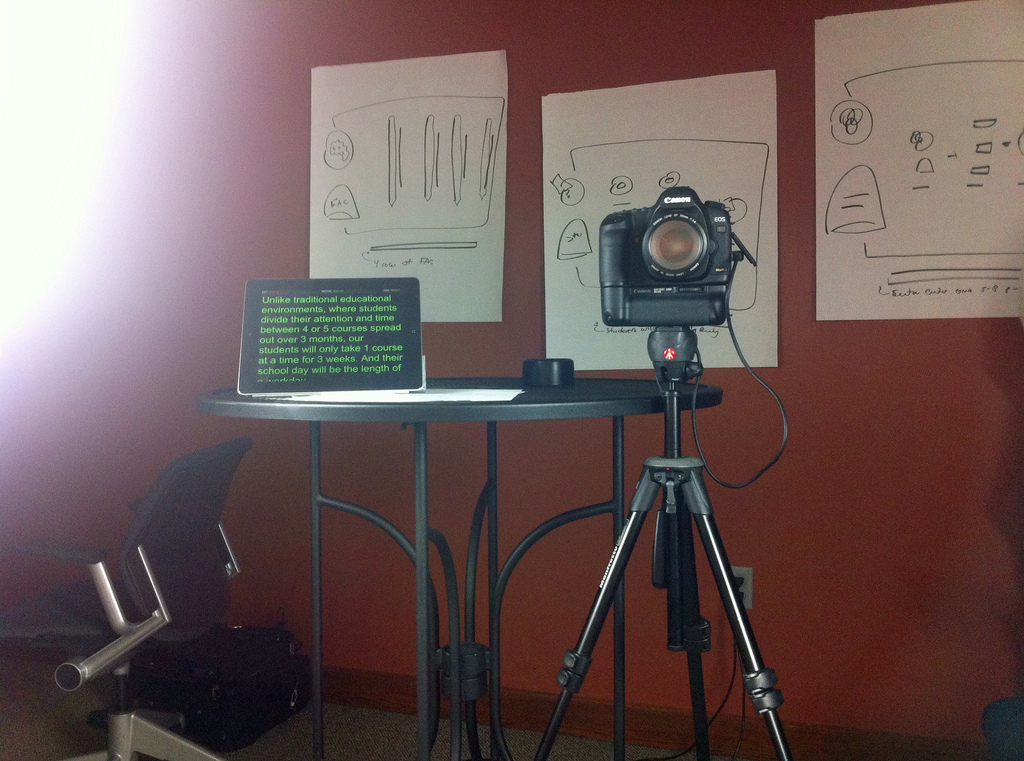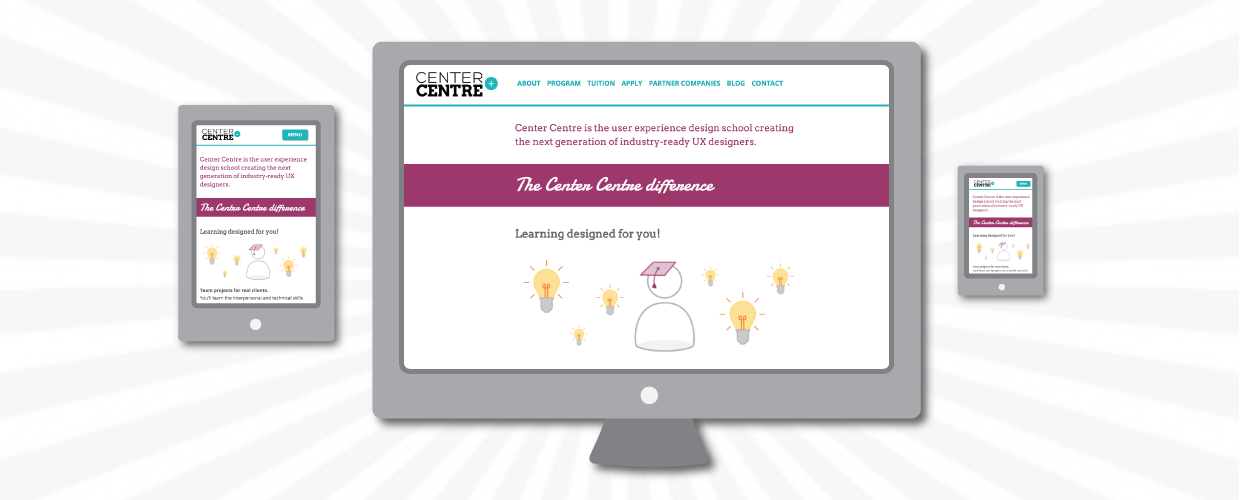
Two weeks ago, we spent a week filming videos for our soon-to-be less-than-top-secret project. This project will help take the Unicorn Institute from a research project to an actual school.
Yes, we’re making a real, bricks-and-mortar school!
If you have eagle eyes that allow you to read the teleprompter (that’s amazing, and we’re totally jealous), you may notice that we’ll be sharing concrete details about our plans for the school’s structure. No matter what you can see, we thought you might want a sneak peak of the answer to the question:
How will we structure our school’s courses?
Unlike traditional educational environments, where students divide their attention and time between four or five courses spread out over three months, our students will only take one course at a time for three weeks. And their school day will be the length of a regular workday.
Our students will attend class five days a week for eight hours a day. This means they focus on new material and learn how to sustain the energy needed in a professional environment.
Our courses will be broken up into three parts: two day industry-grade workshops from guest industry-experts, three days focused on individual mastery projects, and ten days working on small-team projects. These team projects will span over multiple courses and will last three to five months.
From our research, we know structure affects learning. With this knowledge, we’re creating a school that empowers students to become the UX designers companies want to hire.
This is just a little look into our plans to make a school that creates industry-ready UX designers. Over the next few weeks, we’ll delve deep into the nuts and bolts of the school. Follow us on Twitter and on our blog to learn how we’re taking our research and turning it into a UX design school.



